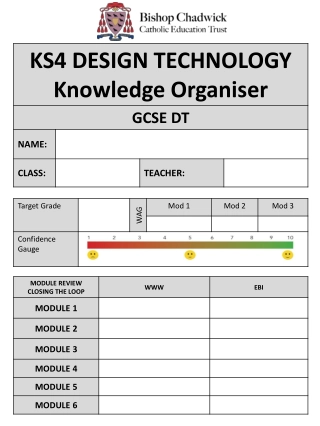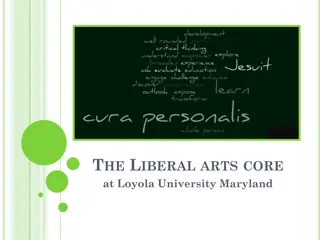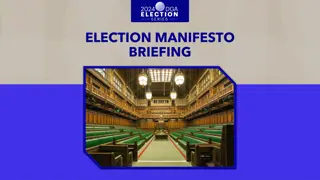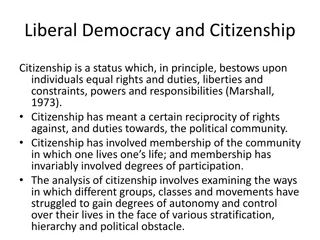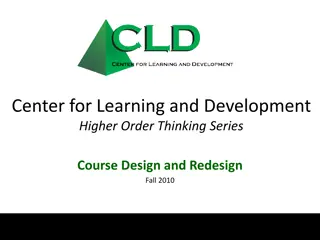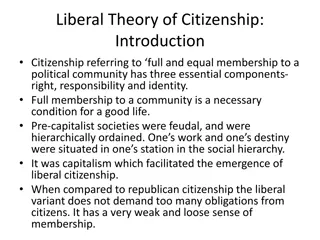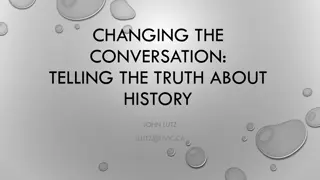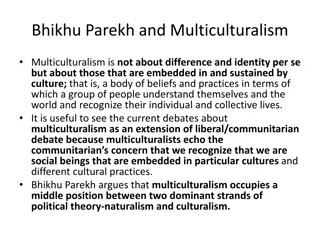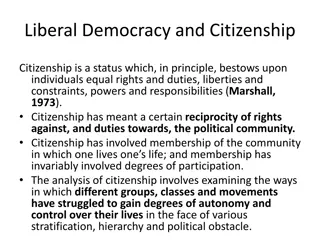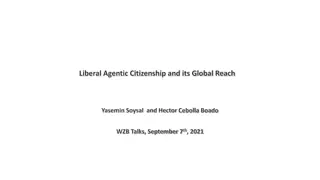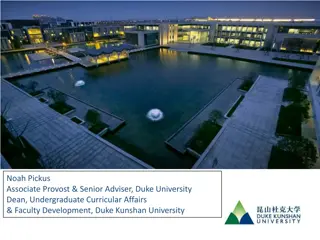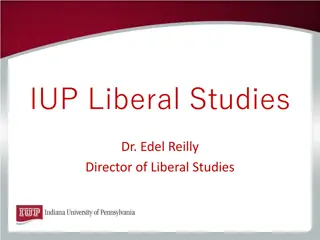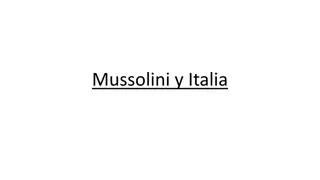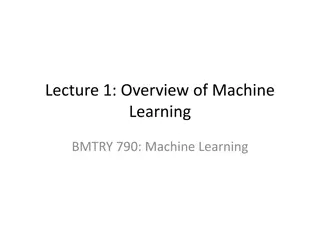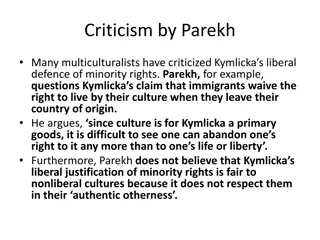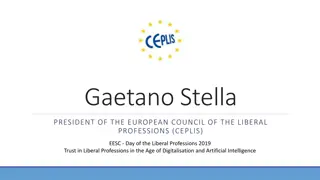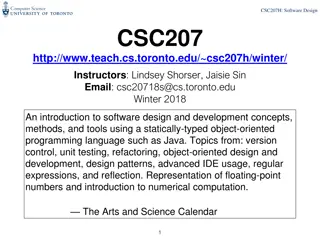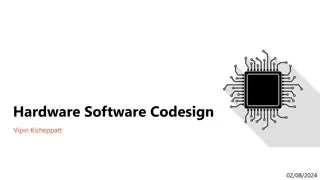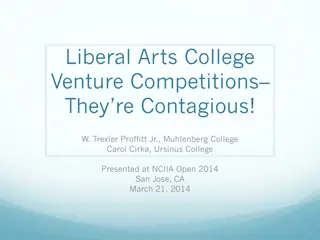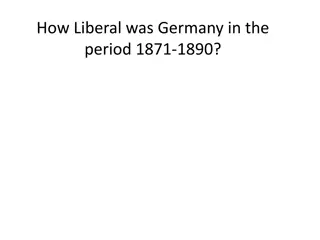
Effective Course Design for Liberal Learning at Augustana
Explore effective course design strategies for liberal learning at Augustana University, focusing on shifting the teaching frame to student learning outcomes, integrated course design, and creating significant learning experiences. Understand the importance of learning goals, teaching activities, assessment feedback, and situational factors in course development.
Download Presentation

Please find below an Image/Link to download the presentation.
The content on the website is provided AS IS for your information and personal use only. It may not be sold, licensed, or shared on other websites without obtaining consent from the author. If you encounter any issues during the download, it is possible that the publisher has removed the file from their server.
You are allowed to download the files provided on this website for personal or commercial use, subject to the condition that they are used lawfully. All files are the property of their respective owners.
The content on the website is provided AS IS for your information and personal use only. It may not be sold, licensed, or shared on other websites without obtaining consent from the author.
E N D
Presentation Transcript
Teaching and Learning at Augustana: Effective Course Design for Liberal Learning Steve Klien, Director, Center for Faculty Enrichment Mark Salisbury, Director, Institutional Research and Assessment
The students are coming
Some initial questions: How many of you have had training in: teaching undergraduate students? theories of teaching and learning? When were your best moments as a student? What did your best teachers do?
This morning we will 1. shift our teaching frame to student learning 2. introduce Integrated Course Design 3. develop learning objectivesfor a class 4. connect class activitiesand student assessments to learning objectives 5. consider lesson and course planning and answer your questions and concerns!
Shifting the frame to student learning outcomes College teaching paradigm moving from input (content) to outcomes (learning results) liberal learning (AAC&U) deep learning (Millis) high-impact practices (Kuh) significant learning experiences (Fink)
ICD: Integrated Course Design (Fink) LEARNING GOALS TEACHING AND LEARNING ACTIVITIES FEEDBACK AND ASSESSMENT SITUATIONAL FACTORS
ICD: Integrated Course Design (Fink) Situational factors: specific context of the learning situation general context of the learning situation nature of the subject characteristics of the learners characteristics of the teacher then, backward design of the course
Learning Goals and Objectives 1. Augustana Student Learning Outcomes (SLOs) 2. IDEA Center SRI Learning Objectives 3. [Fink s Taxonomy of Significant Learning]
Augustana Student Learning Outcomes INTELLECTUAL SOPHISTICATION Understand Analyze Interpret INTRAPERSONAL CONVICTION Create Respond Wonder INTERPERSONAL MATURITY Lead Relate Communicate
IDEA Center Learning Objectives Basic cognitive background #1: Factual knowledge #2: Principles / theories Application of learning #3: Apply course material #4: Develop professional skills Expressiveness #6: Develop creative capacities #8: Develop oral / writing skills Intellectual development #7: Appreciation of intellectual activity #2: Develop personal values #11: Analyze and evaluate Lifelong learning #9: Find, use inquiry resources #12: Acquire interest in learning more by inquiry #5: Acquire team skills
Learning Goals: Exercise! examine your course syllabus, reflect on your course what should students learn? articulate three (3) key learning outcome goals in brief sentences with active verbs ( Students will _______... ) identify which Augie SLOs and IDEA Center objectives connect best to these goals
Learning Goals: Exercise! What did you come up with for goals? What was most difficult? most surprising? Questions, observations, concerns?
Achieving the goals: the 3 column table Learning Goals Assessment Activities Learning Activities 1. What do I want my students to be able to do? What will I use to see if they can do it? What will I do to prepare students to do it? 2. 3. 4. 5. 6.
Sample, using Finks taxonomy Learning Goals Assessment Activities Learning Activities 1. Basic Knowledge 2. Application 3. Integration 4. Human Dimension 5. Caring 6. Lifelong Learning
Assessment for Significant Learning (Fink) Audit-ive Assessment Backward-looking assessment useful for summative assessment of content understanding but limited for higher orders of learning Basis for a grade
Assessment for Significant Learning (Fink) Educative Assessment Frequent Forward-looking assessment Self-assessment FIDeLity feedback Immediate Clear criteria Discriminating Loving Better learning
Sample, using Finks taxonomy Learning Goals Assessment Activities Learning Activities 1. Basic Knowledge Exams, quizzes 2. Application Case study project 3. Integration Analytical essay 4. Human Dimension Peer evaluation 5. Caring Reflective blogging 6. Lifelong Learning Learning portfolio
Active Learning Activities active learning (Bonwell and Eison, qtd. in Fink, emphasis added): [involving] students in doing things and thinking about the things they are doing (versus passive reception of information)
Active Learning Activities ( RICH ) EXPERIENCE doing observing REFLECTIVE DIALOGUE solo, written conversation INFO & IDEAS locating in sources accessing in, out of class
Sample, using Finks taxonomy Learning Goals Assessment Activities Learning Activities 1. Basic Knowledge Exams, quizzes Reading, lecture 2. Application Case study project In-class exercises 3. Integration Analytical essay Group discussion 4. Human Dimension Peer evaluation Team collaboration 5. Caring Reflective blogging Service learning 6. Lifelong Learning Learning portfolio Inquiry project
3 column table: Exercise! select one (1) key learning outcome goal that you developed earlier identify a form of graded assessment you can use to determine if the goal is met sketch out the learning activity(-ies) you would provide to enable students to complete the assessment
3 column table: Exercise! What was your key goal? What did you come up with for an assessment? activities? What was most difficult? most surprising? Questions, observations, concerns?
Developing the course schedule More 3 column backward design : learning goals to assessment to activities culminating project(s): 1 or 2 during the course; students must pull learning together then, how must you prepare students to succeed in the project(s)? think in terms of 3-5units / modules, rather than chapters, content topics
Developing the sequence of topics Activities, Assignments Unit introductions Unit 4 Unit 3 Unit 2 Unit 1
Developing the sequence of learning activities the castle-top instructional strategy (Fink)
Developing the sequence of learning activities
ICD for Liberal Learning Benefits of this approach: outcome-focused (rather than content-focused) learning-focused (rather than instruction- focused) active and functional (rather than passive and purely informational) and so it s student-focused (rather than teacher-focused)
Works Cited American Association of Colleges & Universities. What is a 21stCentury Liberal Education? American Association of Colleges & Universities. 2014. Web. 30 July 2014 <http://www.aacu.org/leap/what_is_liberal_education.cfm> Fink, L. Dee. A Self-Directed Guide to Designing Courses for Significant Learning. Dee Fink & Associates. Aug. 2005. Web. 30 July 2014 <http://www.deefinkandassociates.com/GuidetoCourseDesignAug05.pdf > Kuh, George D. High-Impact Educational Practices. American Association of Colleges & Universities. 2014. Web. 30 July 2014 <http://www.aacu.org/leap/hip.cfm> Millis, Barbara J. IDEA Paper #47: Promoting Deep Learning. IDEA Education IDEA Papers. 2010. Web. 30 July 2014 <http://ideaedu.org/sites/default/files/ IDEA_Paper_47.pdf>

